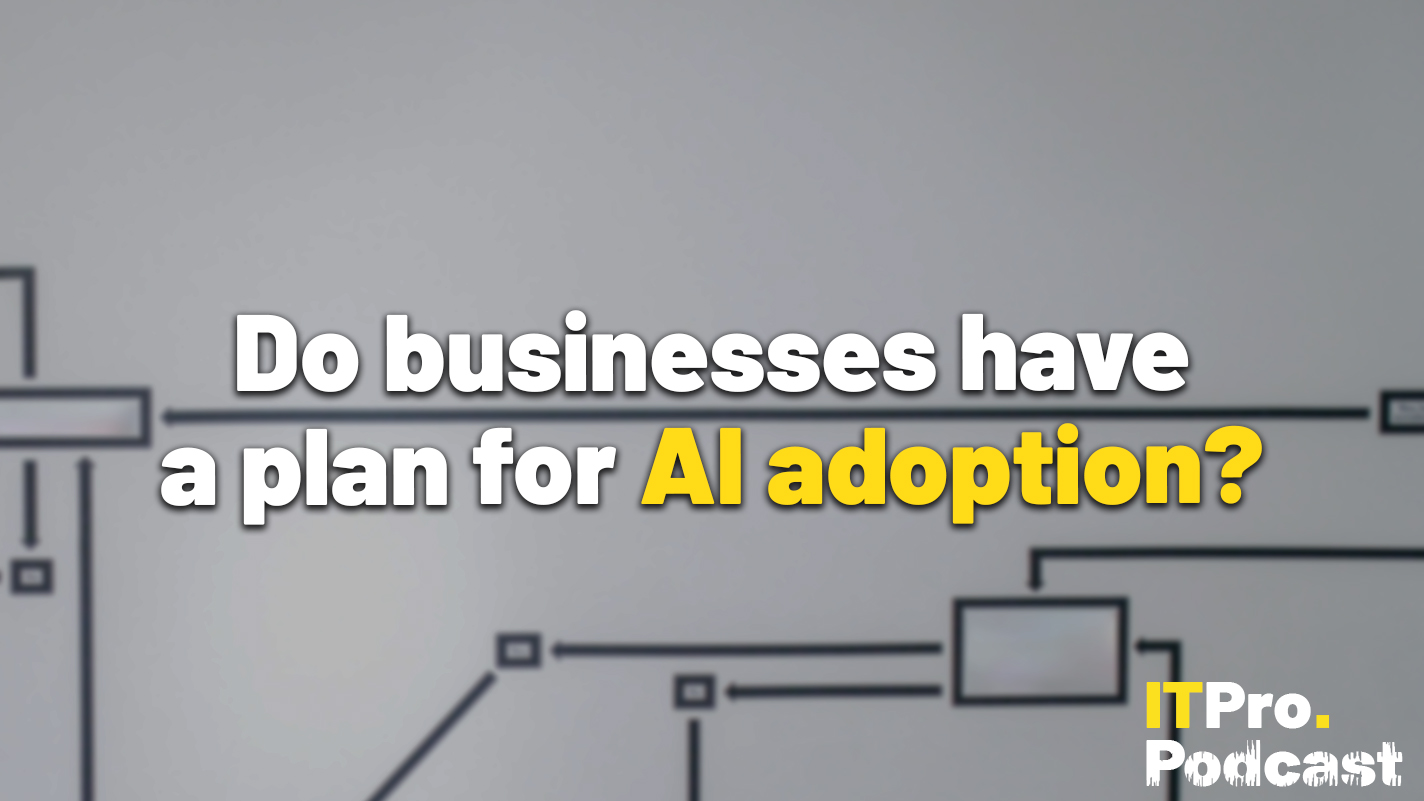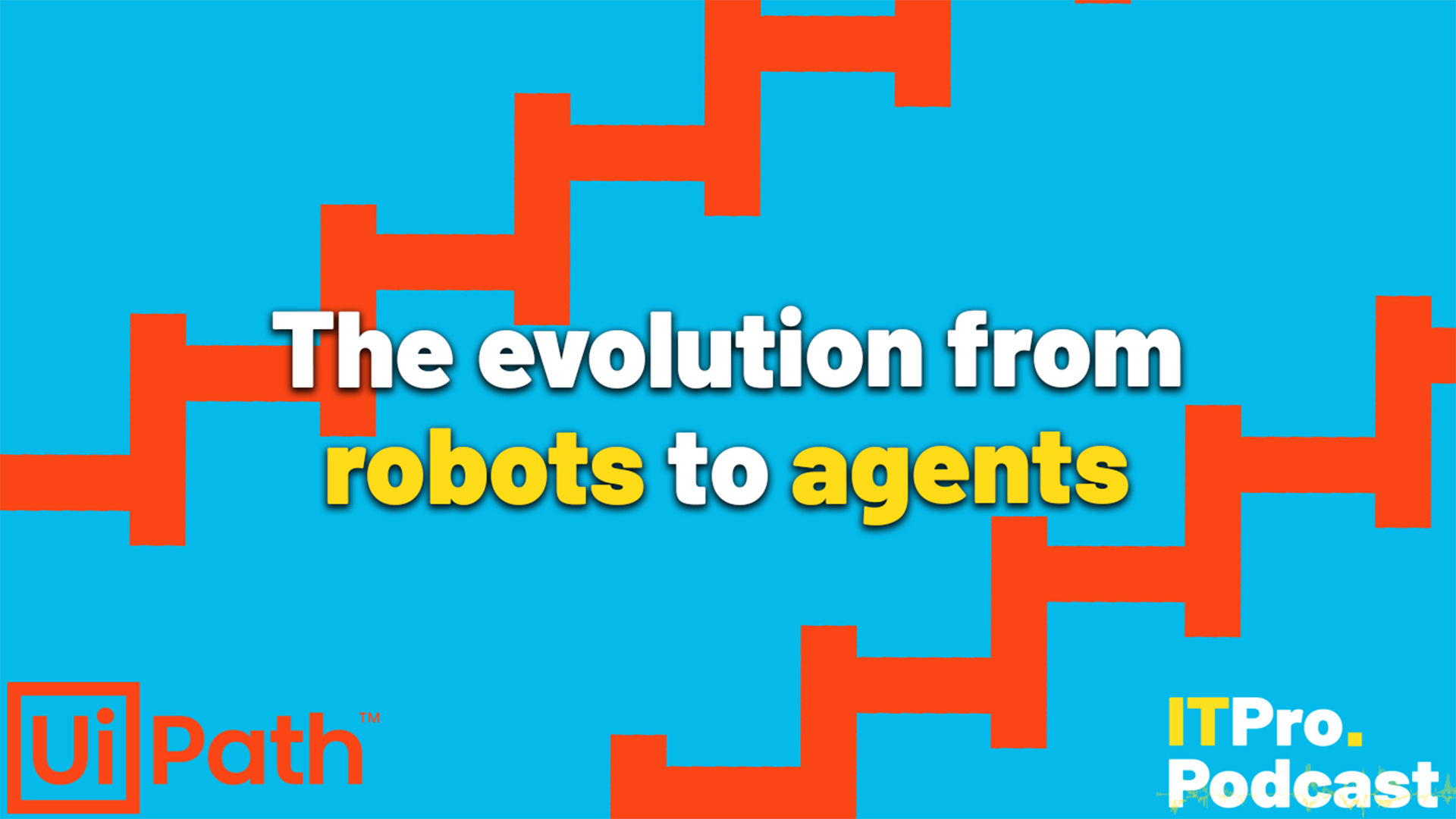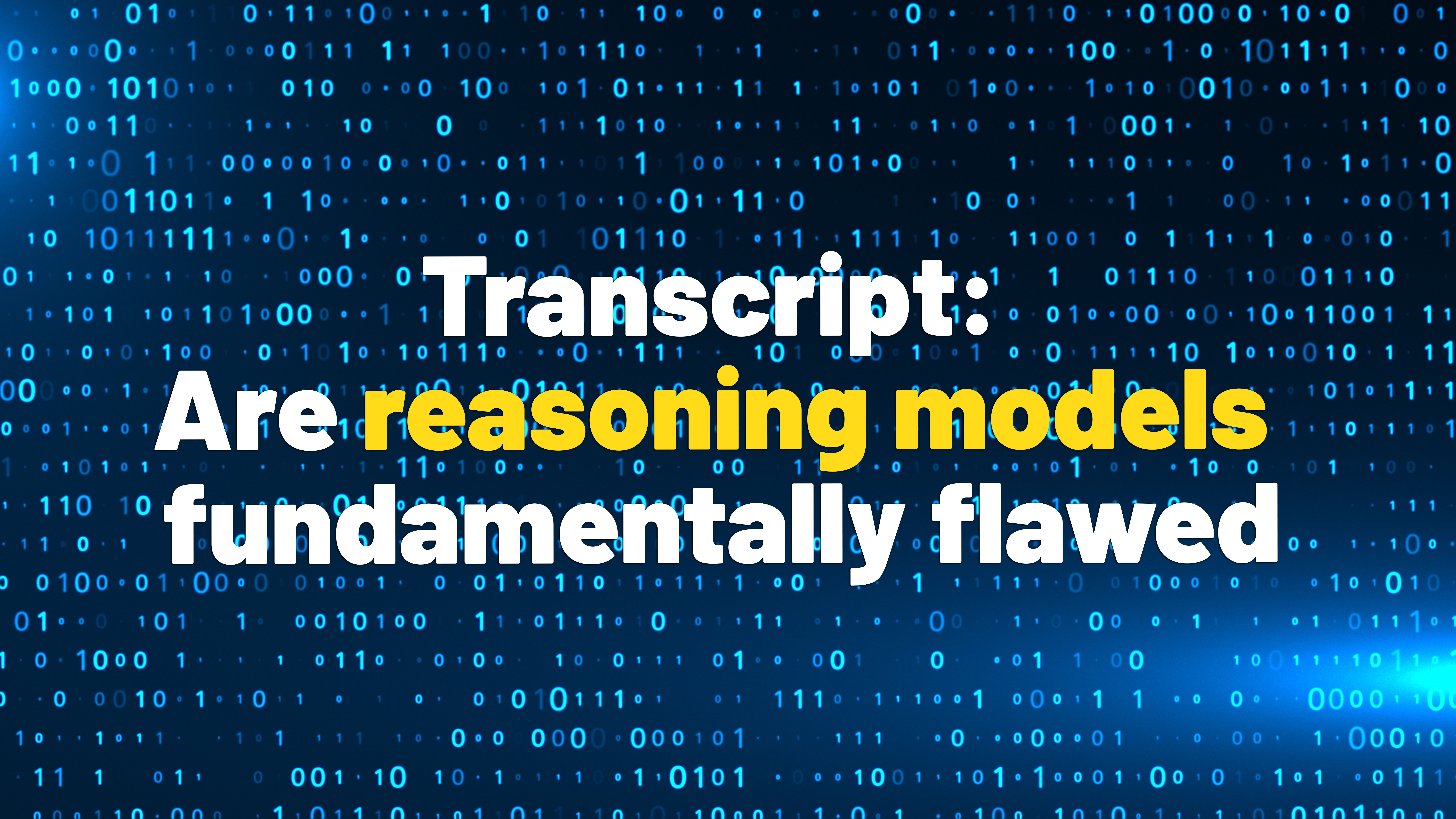Do businesses have a plan for AI adoption?
To align AI gains with corporate strategy, leaders have to know what they’re looking for


As organizations look to integrate AI tools into their business models, key questions will have to be answered around how this fits in with their wider strategy. This doesn’t just mean data analysis or adoption of generative AI tools, but less directly connected initiatives such as sustainability goals.
The adoption of AI is also running up against concerns around skills. Many organizations, if not most, are yet to truly determine which roles and tasks can be augmented and improved by AI services. Additionally, there are questions among workers and employers alike as to what emerging AI-focused skills they will need to acquire to stay competitive in their field.
In this episode:
- Jane speaks to Pauline Yau, UKI verticals sales director at Hewlett Packard Enterprise, to unpack the current trends around AI and what the future holds for AI in business.
- Rory and Jane discuss the significance of these trends and how this may pan out in 2024.
Highlights
“We're working with a lot of organizations at the moment to create a business case around AI and that business case absolutely has to include factors around energy costs. So I do think that the conversation around AI and sustainability will probably be more at the forefront and something that we're really talking about.“
“When it comes to AI, and generative AI in particular, just over the course of the last year, it's very hard to pin down what people are actually talking about, beyond chatbots. And even then, it's like well, cool, great. Why are you bringing chatbots? How is this going to make things better for your business, for your customers?”
“We work with a very large global engine manufacturer and they have been using AI for a number of years to create digital twins. What that means for them is that if they're creating a new blade or a new engine part, they create a digital twin, they model it digitally, so that they eradicate the need to actually build a physical prototype of that element.”
Footnotes
- Why cutting-edge innovation is killing the planet
- How HPE plans to combat generative AI’s 'dirty secret'
- The AI skills gap is prompting a widespread rethink on workforce upskilling
- How the metaverse is powering next-gen digital twins
- Does your business need a digital twin?
- ChatGPT vs chatbots: What’s the difference?
- Global power shortages mean data centers could struggle to shoulder the burden of energy-intensive generative AI demands in 2024
- Tech industry takes vast lead in green energy spending, biggest companies vie for top spot
- Scotland could be the next big data center powerhouse, offering greener options, significant savings, and direct access to renewable energy
- “We’ve made savings of around 85%”: Embracing green energy for data centers by migrating to Iceland
Subscribe
- Subscribe to The IT Pro Podcast on Apple Podcasts
- Subscribe to The IT Pro Podcast on Spotify
- Subscribe to the IT Pro newsletter
- Join us on LinkedIn
Sign up today and you will receive a free copy of our Future Focus 2025 report - the leading guidance on AI, cybersecurity and other IT challenges as per 700+ senior executives

Rory Bathgate is Features and Multimedia Editor at ITPro, overseeing all in-depth content and case studies. He can also be found co-hosting the ITPro Podcast with Jane McCallion, swapping a keyboard for a microphone to discuss the latest learnings with thought leaders from across the tech sector.
In his free time, Rory enjoys photography, video editing, and good science fiction. After graduating from the University of Kent with a BA in English and American Literature, Rory undertook an MA in Eighteenth-Century Studies at King’s College London. He joined ITPro in 2022 as a graduate, following four years in student journalism. You can contact Rory at rory.bathgate@futurenet.com or on LinkedIn.
-
 Can enterprises transform through startup theory?
Can enterprises transform through startup theory?In-depth For big corporations, the flexibility, adaptability, and speed of a startup or scale-up is often the total opposite of what’s possible within their own operations
-
 AI is creating more software flaws – and they're getting worse
AI is creating more software flaws – and they're getting worseNews A CodeRabbit study compared pull requests with AI and without, finding AI is fast but highly error prone
-
 Why do AI projects fail?
Why do AI projects fail?ITPro Podcast Without a careful approach at the design phase, AI tools will fall apart in runtime
-
 Is vibe coding the future?
Is vibe coding the future?ITPro Podcast As developers use AI to speed up code generation, leaders must work to ensure the technology complements existing practices
-
 September rundown: The UK becomes an AI playground
September rundown: The UK becomes an AI playgroundITPro Podcast Big tech has announced tens of billions in infrastructure investments for the UK – how will it help?
-
 August rundown: Are AI job losses a fantasy?
August rundown: Are AI job losses a fantasy?ITPro Podcast AWS CEO Matt Garman's comments were made as big tech continues to lay off workers – but AI may not be the cause
-
 Will devs lose their jobs to AI?
Will devs lose their jobs to AI?ITPro Podcast Major errors in AI code generation throw doubt on the timeline to replacing human workers
-
 Google Cloud Summit London 2025: Practical AI deployment
Google Cloud Summit London 2025: Practical AI deploymentITPro Podcast As startups take hold of technologies such as AI agents, where is the sector headed?
-
 The evolution from robots to agents
The evolution from robots to agentsSponsored Podcast With the right adoption strategy, agentic AI can be a force multiplier for productivity
-
 Podcast Transcript: Are reasoning models fundamentally flawed?
Podcast Transcript: Are reasoning models fundamentally flawed?ITPro Podcast A report from Apple has cast significant doubts on the efficacy of reasoning models, going as far as to suggest that when a problem is too complex, they simply give up